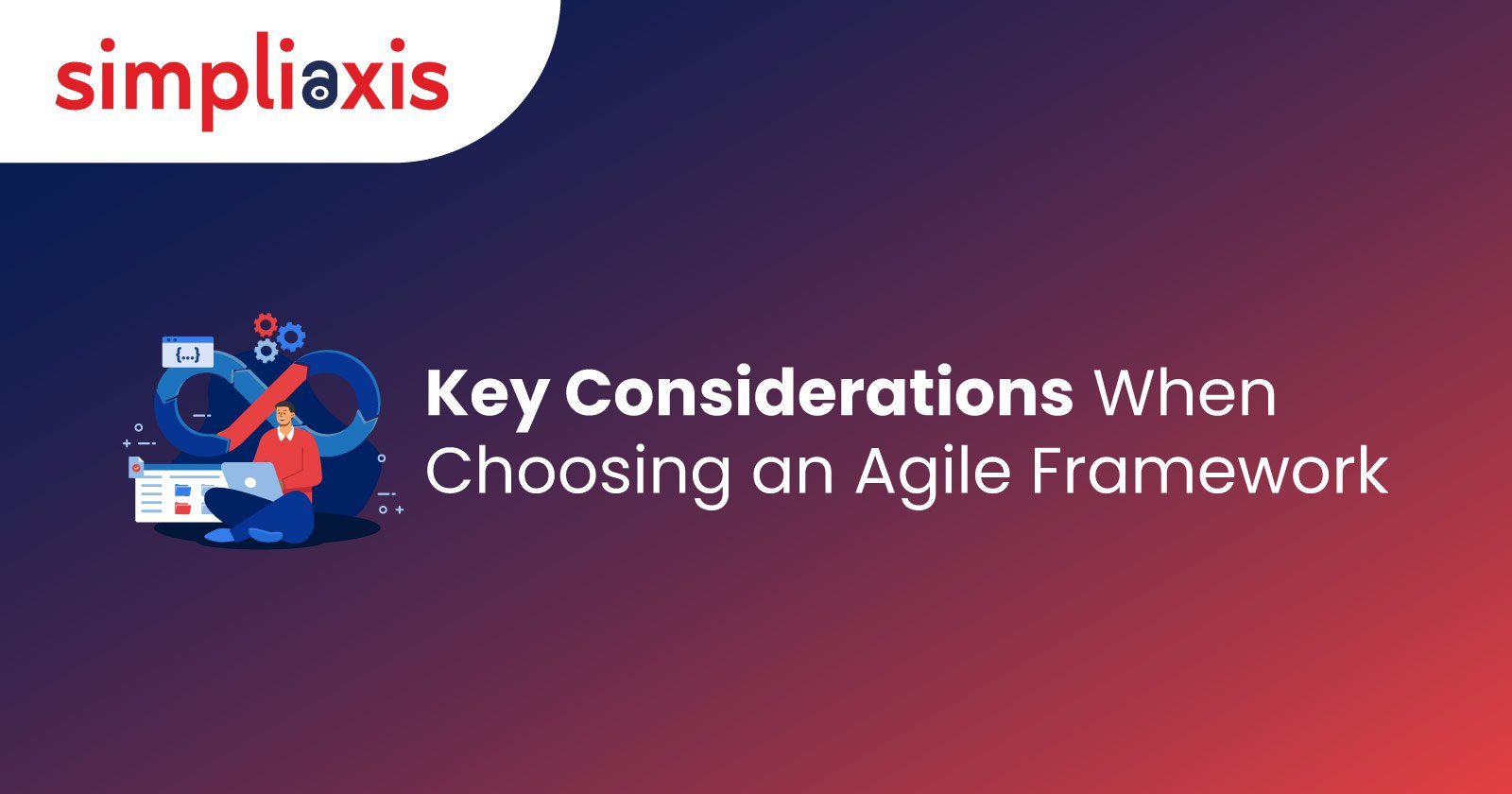The Agile framework acts as a guide in the world of software development. It encourages efficiency and adaptability in modern project management. Agile methodologies, like Scrum and Kanban, have transformed the way teams accomplish tasks, specifically in the tech industry, by promoting collaboration and continuous improvement.
For organization leaders, gaining a deep understanding of Agile is not just beneficial, it's empowering. The application of this framework can be the driving force that propels a project forward, preventing it from stagnating.
This blog is your practical guide to understanding and applying the Agile framework. It will equip you with the knowledge and direction to apply Agile in an adjustable and adaptable way, ensuring the delivery of high-quality project outcomes. By following this guide, you can ensure the delivery of high-quality project outcomes and feel confident in your ability to navigate the Agile environment.
What is an Agile Framework?
An Agile framework is an organized set of principles, standards, and ground rules for planning, managing and implementing business work. The framework is used to apply and accomplish the software development projects.
These frameworks provide:
- Specific methodologies and processes for managing and delivering software cumulative and iteratively.
- Emphasizing flexibility.
- Continuous improvement and collaboration.
At a high level, the agile frameworks help teams understand how to upgrade strategies, working methods, and technical practices.
Read more about Agile Framework by visiting the linked resource.
Seven Considerations When Choosing an Agile Framework
Let us know about the critical consideration factors when choosing an Agile framework:
1. Contextual Application of Agile Methodologies
Understanding the project’s context and work type is important and mindful when choosing the framework. This is the first step towards adopting Agile.
For example, Scrum is applicable for instances where detail-oriented planning and team simultaneity are needed. Kanban is appropriate for continuous workflow, such as customer service operations, where Kanban helps to maintain a consistent flow of work.
This precise adjustment ensures that the chosen Agile methodology aligns with the dynamics of your project and team.
2. Agile’s Flexible Methodology
Agile's true strength lies in its adaptability. It doesn't enforce rigid team sizes or rules, but instead, it empowers teams to adopt a flexible, adaptable approach that suits their unique needs and circumstances.
For example, a team can use Scrum and Kanban to manage visual tasks and adapt Scrum sprint planning. Because Agile is flexible, these practices allow the team to mold Agile practices to meet the team’s unique requirements.
3. The Experimental Nature of Agile
Agile is more than just a set of principles; it’s a mindset that embraces experimentation. This means that Agile encourages team members to identify challenges, try out different methodologies, and monitor the outcomes, rather than blindly adhering to a set framework. This experimental nature fosters a culture of continuous improvement and collaboration, where the team comes together to learn and expand knowledge through these practices on real-time feedback.
4. Combining Frameworks for Enhanced Results
In some cases, it may be beneficial to blend multiple Agile frameworks to achieve the best results. This hybrid approach combines the flexibility of Kanban, which focuses on visual task management and continuous workflow, with the structured nature of Scrum, which emphasizes iterative development and frequent communication. This balanced methodology can be particularly effective in mixed environment contexts where adaptability and predictability are essential.
5. Respect and Flow: The Essence of Agile
Agile is more than just a set of principles; it's a mindset that values respect for the team and their flow of work. This means considering the team's work style and dynamics when choosing an Agile methodology. By valuing the team and its process, Agile fosters a sense of belonging and importance, making each team member feel integral to the process. This respect also extends to workflow management, where the focus is on creating a smooth, uninterrupted flow of tasks, enhancing overall efficiency.
6. Measurement and Experimentation: Agile’s Pillars
Agile blooms on experimentation and measurement. It motivates teams to evaluate different approaches and precisely measure their effectiveness.
This data-driven strategy method helps make real-time decisions that are not based on suppositions but have actual results, and it helps the teams adopt the most accurate practices for their specific context.
7. The Evolutionary Nature of Agile Practices
Agile is not a static set of principles; it's a dynamic approach that evolves with time and experience. For example, the Spotify model, once a staple in Agile discussions, has evolved to suit the changing needs of Agile teams better. This evolution underscores the importance of continuous learning and adaptation in Agile methodologies.
The evolution highlights the concern of unending adaptability and openness to change. This ensures that Agile methodologies must be compatible and effective in shifting project views.
Conclusion
In conclusion, Agile frameworks can be an authoritative toolkit for project management, but their effectiveness is linked to understanding their application. For business leaders looking to transition to Agile, the key lies in recognizing the unique demands of their projects and teams and tailoring the Agile approach accordingly.
Agile methodology can revolutionize the way teams operate, bringing enhanced efficiency and adaptability to the projects.
















